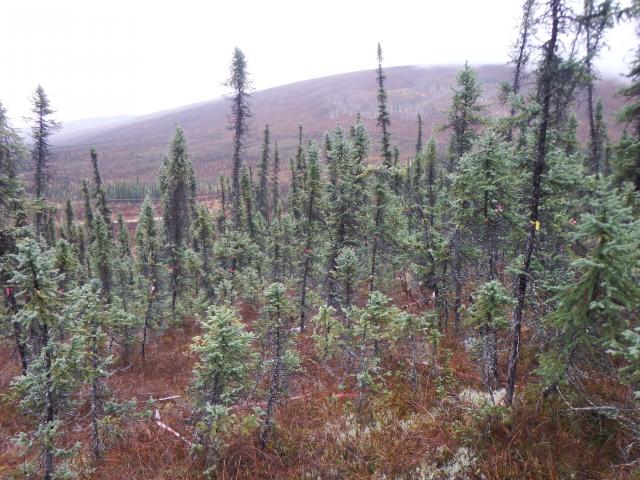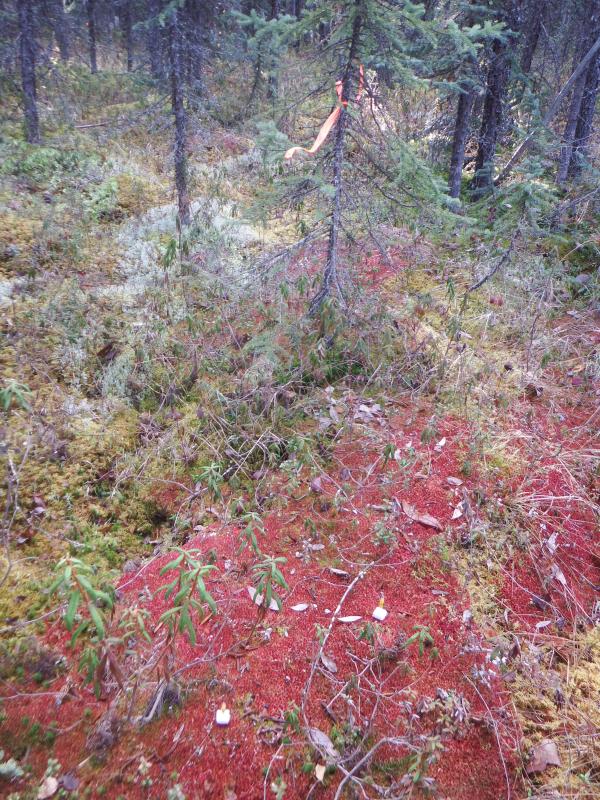Home > International Partnerships > Collaborative Research > Effects of climate changes on carbon dynamics in permafrost black spruce forests: Contribution of forest floor mosses
Update:July 22, 2025
Main content starts here.
Effects of climate changes on carbon dynamics in permafrost black spruce forests: Contribution of forest floor mosses
1. Partners
International Arctic Research Center, University of Alaska Fairbanks
2. Research Period
FY 2025-2029 Grant-in-Aid for Scientific Research (KAKENHI)
3. Lead Researcher
NOGUCHI, Kyotaro (Department of Forest Soils)
4. Background
Permafrost accumulates huge amounts of organic carbon. However, permafrost thaw by climate warming may cause loss of the carbon accumulation. Forest floor of permafrost forests are covered by mosses continuously. Productivity of the forest floor mosses is comparable to that of trees in the forests and contribute significantly to carbon uptake of the permafrost forests. However, information is still limited for how the moss productivity can change under climate change. Therefore, it is needed to understand relationships between the moss productivity and different permafrost conditions such as thaw depths for evaluating or predicting carbon budget of permafrost forests under on-going climate change.
5. Research Goal
This study aims to evaluate carbon budget in permafrost forests under climate change and clarify contribution of forest floor mosses to it.
6. Research Strategy
Productivity of forest floor mosses such as Sphagnum and feathermoss species will be estimated in permafrost black spruce (Picea mariana) stands in Interior Alaska with different permafrost conditions. In the same stands, fine root productivity and soil respiration rates will also be investigated. The obtained data will be subjected to carbon dynamics models, by which carbon budget in the permafrost black spruce forests under climate change will be examined. It is expected that this study would contribute to predicting future changes in carbon uptake capacity in forest ecosystems.

Figure 1: A 100-year-old permafrost black spruce stand

Figure 2: Forest floor mosses in a permafrost black spruce stand
Copyright © Forest Research and Management Organization. All rights reserved.
